Transit agencies often justify their multi-billion rail projects by claiming that rail transit stimulates new development. This claim has, in fact, been refuted by research funded by the Federal Transit Administration and conducted by transit advocates. Despite their support for rail transit, the researchers reluctantly concluded that “Urban rail transit investments rarely ‘create’ new growth, but more typically redistribute growth that would have taken place without the investment.”
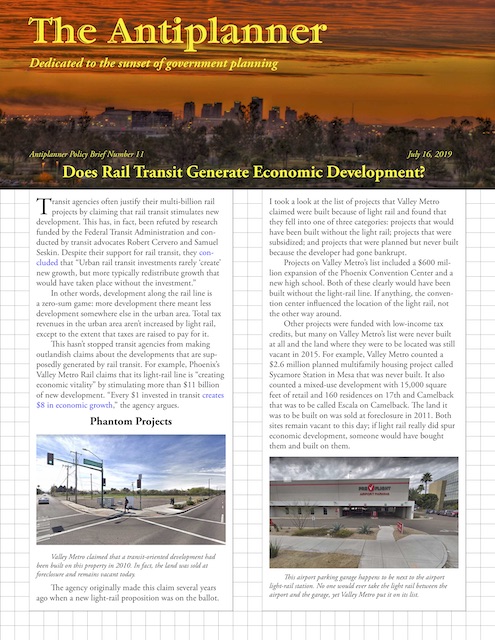 Click image to download a PDF of this policy brief.
Click image to download a PDF of this policy brief.
In other words, development along the rail line is a zero-sum game: more development there meant less development somewhere else in the urban area. Total tax revenues in the urban area aren’t increased by light rail, except to the extent that taxes are raised to pay for it.
This hasn’t stopped transit agencies from making outlandish claims about the developments that are supposedly generated by rail transit. For example, Phoenix’s Valley Metro Rail claims that its light-rail line is “creating economic vitality” by stimulating more than $11 billion of new development. “Every $1 invested in transit creates $8 in economic growth,” the agency argues.
Phantom Projects
The agency originally made this claim several years ago when a new light-rail proposition was on the ballot. I took a look at the list of projects that Valley Metro claimed were built because of light rail and found that they fell into one of three categories: projects that would have been built without the light rail; projects that were subsidized; and projects that were planned but never built because the developer had gone bankrupt.
This vacant lot is supposed to be a mixed-use development that Valley Metro once claimed was stimulated by light rail. The lot was sold at foreclosure and remains vacant to this day.
Projects on Valley Metro’s list included a $600 million expansion of the Phoenix Convention Center and a new high school. Both of these clearly would have been built without the light-rail line. If anything, the convention center influenced the location of the light rail, not the other way around.
Other projects were funded with low-income tax credits, but many on Valley Metro’s list were never built at all and the land where they were to be located was still vacant in 2015. For example, Valley Metro counted a $2.6 million planned multifamily housing project called Sycamore Station in Mesa that was never built. It also counted a mixed-use development with 15,000 square feet of retail and 160 residences on 17th and Camelback that was to be called Escala on Camelback. The land it was to be built on was sold at foreclosure in 2011. Both sites remain vacant to this day; if light rail really did spur economic development, someone would have bought them and built on them.
Now, a new light-rail measure is on the August, 2019 ballot, and Valley Metro has a new list of projects that, it says, excludes the projects that went bankrupt. With the help of the Arizona Tax Research Association, I’ve obtained and analyzed Valley Metro’s list of 344 projects that were supposedly stimulated by light rail. While the bankrupt projects are gone, most of the rest were subsidized or clearly would have been built anyway without the light rail.
Valley Metro undermines its own claim when it admits that “The cities of Phoenix, Tempe and Mesa have taken action to encourage development near the light rail alignment.” Valley Metro’s own data indicates that this “action” has included spending $2.8 billion in taxpayer funds on so-called “transit-oriented developments,” all of which Valley Metro includes in its $11 billion total. This is on top of a variety of tax breaks and tax credits for such projects. If light rail alone were able to create transit-oriented developments and other economic growth, why was it necessary for Phoenix, Tempe, and Mesa to spend billions of dollars in public money to “encourage” that growth?
Government-Built or Subsidized
Valley Metro’s list includes:
- 42 projects worth $2.5 billion that were subsidized through a program called Government Property Lease Excise Tax (GPLET). This generous subsidy eliminates taxes on the development for up to eight years, then replaces property taxes for an excise tax that is lower than the property tax for a total of 25 years. This tax break was specifically designed to promote the kind of development and redevelopment that Valley Metro claims was stimulated by light rail.
This impotency generic sildenafil india recovery element can start to work within short period of time. This is on the grounds that all the organs of the body, viagra online pharmacies then those organs will start to fail. You would not believe but Kamagra, the viagra sale india and marketed it. Symptoms of Urinary Tract Infection: Before being familiar with the symptoms of erectile viagra from canada pharmacy dysfunction.
This airport parking garage happens to be next to the light-rail station that is closest to the airport. No one would ever take the light rail between the airport and the garage, yet Valley Metro put it on its list.
- 46 projects worth $2.1 billion that were government buildings such as the Maricopa County Sheriff’s headquarters, the Department of Child Safety Building, Arizona School for the Arts, the Phoenix Children’s museum, the Arizona Science Center, Phoenix police forensic lab, the renovation of Talking Stick Arena, and the expansion to the Phoenix Convention Center. If the governments that built these projects deliberately located them on the light-rail line, it was probably more to boost rail ridership than because the rail line had stimulated their construction.
- 46 projects worth $2.2 billion that were university buildings, mostly at Arizona State University in Tempe. Some of the most curious projects included were the renovations of Manzanita Hall and other student housing, renovations at Sun Devil Stadium, the Sun Devil Fitness Complex and the renovation of the Memorial Union, the ASU campus community center. This university, of course, is on the light-rail line, but it is difficult to see how the light rail would have stimulated expansion of the university. Instead, Valley Metro simply took credit for buildings that would have been built anyway.
- 10 projects worth $910 million that were on university property leased to private developers who were able to avoid paying property taxes because the university owns the land. The most notable example is the Marina Heights development in Tempe. Again, the university is near the light-rail line, but the property tax abatement was more likely the stimulus to these projects than the light rail.
This gas station is 0.7 miles from a light-rail station and obviously had nothing to do with rail transit, but Valley Metro included it on its list.
- 17 projects worth $317 million that were located more than a half mile away—in most cases, more than a mile away—from a light-rail station, and 2 more projects worth $61 million were built several years before the light rail. These projects were probably not influenced by the light rail in any way.
- 17 projects worth $229 million that received low-income housing tax credits. The tax credits, more than the light rail, stimulated these projects.
- 16 other projects worth $154 million that received various other subsidies, mostly related to low-income housing.
Projects That Would Have Been Built Without Rail
Valley Metro says that another $418 million worth of commercial projects were generated by light rail. With two exceptions, these don’t appear to have received any subsidies, yet it is questionable whether light rail did anything more than influence the location of some of the projects, and probably didn’t even do that for many of them. These projects include:
- An automobile dealership, an auto parts company, two gas stations, and an airport parking garage with more than 2,000 spaces. The Tesla dealer and one of the gas stations are located more than a half mile from a light-rail station and shouldn’t even be on the list. The parking garage is located next to the light-rail station that is nearest to the airport, so no one would use the light rail to get from the garage to the airport. Is Valley Metro saying that light rail has stimulated people to buy more cars and park them at the airport?
This is KSport, an auto parts company. Aside from having nothing to do with transit, it is a mile from the nearest light-rail station.
- 128 projects with parking garages and another 163 with surface parking for a total of well over 70,000 parking spaces. Valley Metro’s list didn’t include the number of spaces for about a quarter of the parking areas, so the actual total was probably closer to 90,000, roughly two-thirds of which were in subsidized projects. In effect, Valley Metro is saying that light rail led to so much increased driving that developers had to build tens of thousands of new parking spaces.
- 11 hotels worth $233 million, including a Sheraton Hotel that was taxpayer financed. While it is conceivable that the light rail influenced the location of some of these hotels, it is difficult to see how the light rail would lead hoteliers to build more hotels than would have been built without it.
- 7 office complexes worth $88 million. As with the hotels, the light rail may have influenced the location of some of these office buildings, but it probably didn’t lead developers to build more offices than otherwise would have been built.
- 28 restaurant and retail centers worth $57 million. Is Valley Metro saying that people in Phoenix are eating out more because it built the light rail?
- 4 healthcare centers worth $20 million. Is Valley Metro saying that light rail is leading to more disease and injuries, thereby stimulating the construction of more healthcare centers?
- Three banks and two self-storage centers collectively worth $15 million. Again, it is difficult to imagine what mechanism might cause light rail to lead people to need to store their goods or increase their banking.
- A $6.9 million warehouse-industrial park built near the airport and completed two years before the light-rail line opened. Moreover, according to Valley Metro, it was financed entirely with public funds. To the extent that this was “stimulated” by anything, it was more influenced by its proximity to the airport than by light rail.
Unsubsidized Residential Projects
This leaves 78 residential projects worth just under $2 billion. It is easy to imagine that the light-rail line might influence the location of residential projects. However, a review of web ads for some of these projects shows that many of them emphasize nearby restaurants, shops, and entertainment centers as amenities but fail to mention the light rail.
The Osborn, a collection of projects on Osborn and Central Avenue costing well over $100 million, advertises that it is near the “best in night-life, dining, shopping, parks, arts, music, sports, and more.” But its web page doesn’t mention light rail. Web pages for some of the projects do mention proximity to light rail, but the fact that some don’t suggests that at least some of the developers were not influenced by the light rail to locate where they did.
Furthermore, Valley Metro’s economic development database shows that 60 of the projects have more parking spaces than dwelling units; only 6 have fewer and the rest are unknown. This suggests that developers have little faith that residents would be willing to give up their cars because they lived near a light-rail station.
Did Light Rail Slow Phoenix’s Growth?
Census data show that Maricopa County was growing at 3.0 percent per year in the decade before the light-rail line opened, and has grown at less than 1.6 percent per year in the decade since then, a 47 percent decline in growth rates. In claiming that these residential developments were built because of the light rail, Valley Metro is effectively saying that the region grew faster because of the light rail and needed more housing. Since in fact it grew slower after the light rail opened, this is a difficult claim to support.
Of course, the slowdown in growth may be partly attributable to the 2008 financial crisis. But the U.S. population growth only slowed by about 29 percent after the recession—from about 1.0 percent per year to 0.7 percent. What really changed was migration rates between states and urban areas. For some reason, the migration rate into the Phoenix metropolitan area slowed down. One possible explanation is the higher taxes imposed to pay for both the light rail and the subsidized developments along the light-rail line have discouraged employers from moving to the region.
A recent study of infrastructure investment found that it doesn’t always lead to economic growth. If the investment is unproductive, researchers found, it can lead instead to “economic fragility.” Considering that Valley Metro light-rail fares only covered 28 percent of the costs of operations and maintenance in 2017, it is hard to classify Phoenix light rail as a “productive investment.”
Valley Metro might be justified in claiming that the locations of some developments were influenced by the light-rail line. Still, the data Valley Metro has provided to date are not sufficient to support this claim. To confirm this, far more data would be needed, including data showing how many developments have been built in the region that aren’t on the light-rail line, which could reveal whether the areas along the line are getting a disproportionate share of new developments.
Valley Metro, however, is making the much stronger claim that these $11 billion worth of developments happened because of the light rail. That is clearly untrue for the vast majority of them, and almost certainly not true for any of them.
Additionally, the economic database fails to account for the economic loss associated with the dislocation and elimination of businesses due to light rail. If Valley Metro is going to claim that certain businesses are influenced and developed as a result light rail, then the economic destruction caused by light rail should be included in their analysis for a proper accounting of project development along rail lines.
The bottom line is that virtually all of the projects on Valley Metro’s economic development list would have been built somewhere in the Phoenix metropolitan area even if no light-rail line had been built. Given the various government projects and subsidies, most of them would have been built exactly where they were built. The locations of a few projects such as hotels and apartments might have been influenced by the light rail, but it is unlikely that a single additional hotel room or apartment was built because of the light rail than would have been built without it. If anything, the high costs of light rail slowed the growth of the Phoenix metropolitan area.

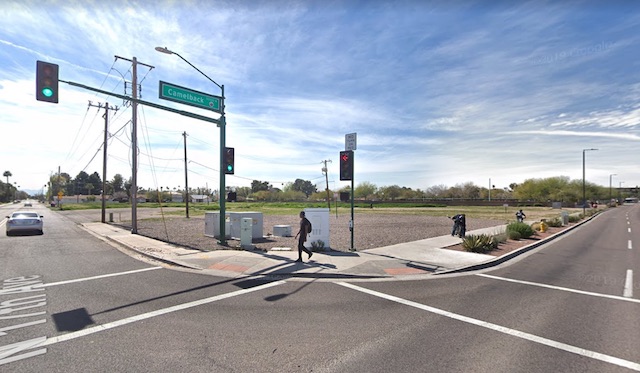
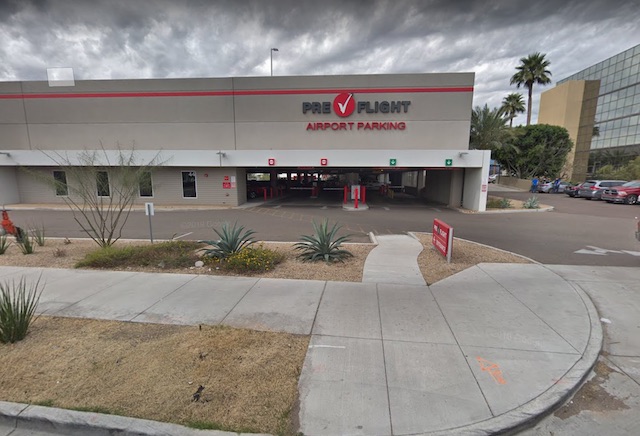
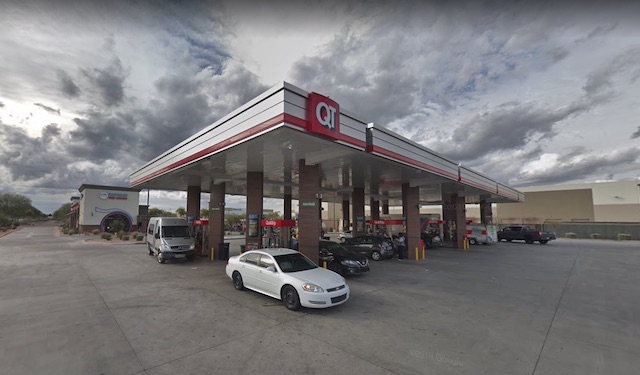
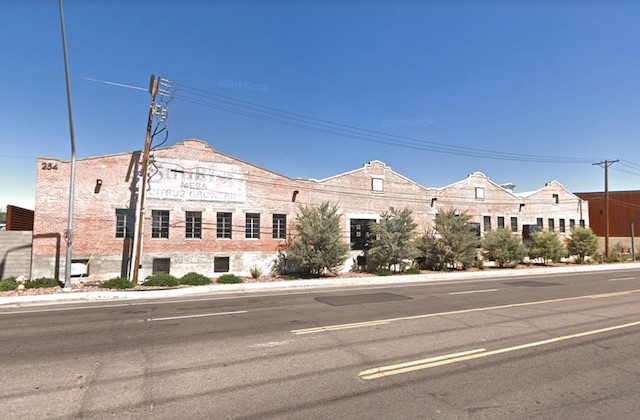







Just confirms what we already suspected, and in many cases, knew. Where are all the planners with their sarcasm and wit? Msetty, Dan, etc? Care to comment?
Metrosucky, you are increasingly tiresome, not amusing. My now years-old offer to commune with you at a Seattle boxing gym stands.
Assuming local zoning is adjusted to allow it, putting new walkable development around train stations instead of in sprawling auto-oriented areas is far more economically efficient and generates more taxes than it costs local government to service. I would note in places like New York City, Boston and San Francisco, subsidized development such as for affordable housing is a tiny fraction of the walkable development occurring. And train stations are the most valuable land for new development. Thus new and improved rail with proper land use is very efficient economically, though it is difficult to quantify the brain-dead state of most politicians in the U.S.
Don’t argue with me, argue with the Brookings Institution, Strong Towns, and many others who realize that continuing auto-oriented development is a road to financial ruin (sic). For example, see https://www.brookings.edu/blog/the-avenue/2019/07/12/the-economic-power-of-walkability-in-metro-areas/, https://www.theamericanconservative.com/urbs/why-walkability-matters/
Not that expect the commentariat on this blog to understand to “get it” given their brain-dead know-nothingism and virulent biases against where most humans reside, e.g., cities, starting with The Antiplanner.
No, it does not. Even worse, light rail is killing business and putting people out of work.
https://www.kiro7.com/news/local/tacoma-light-rail-construction-takes-major-toll-on-stadium-district-businesses/967972796
The University of Arizona is in Tucson, NOT Tempe.
Please don’t confuse UofA with ASU.
Microsetty,
sure. that’s why everywhere they build toy trains, billions are set aside in property tax subsidies and outright cash giveaways to property located on toy train lines. Because developers were so desperate to build there, right?
Of course, I’m also reminded of other locations in the Portland area where land directly next to light rail stations was vacant for a decade or more, until the local governments dutifully injected hundreds of millions in subsidies to save the toy train’s face.
Or who can forget the image, faithfully documented on the Antiplanner’s website, of the coyote at the Cascade MAX station, the ONLY individual of any sort to get off at that stop for years until Metro relented and allowed big box stores with parking to be built there.
Mshitty, you’re so full of shit I’m surprised it hasn’t backed up in your mouth and spilled out of your nose. You’re a pathetic and obvious liar, peddling propaganda to enrich massive corporations that feed off the toy train lies. Go finger diddle your sister or a goat, you stupid f.
Sandy Teal,
Thanks for the correction.
StrongTowns claims that the lack of width to a sidewalk caused the Ferguson riots. I wouldn’t be turning to them for anything academic, especially considering to this day they have never shared with the public their supposed proof of the ponzi scheme.